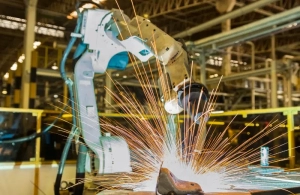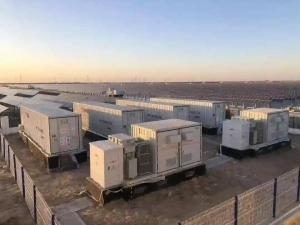More ProductsThe Essential Guide to Selecting Batteries for Robotics

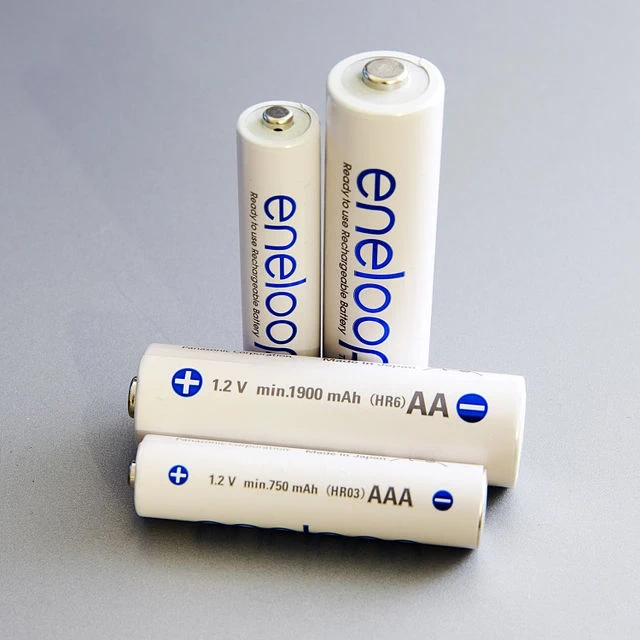
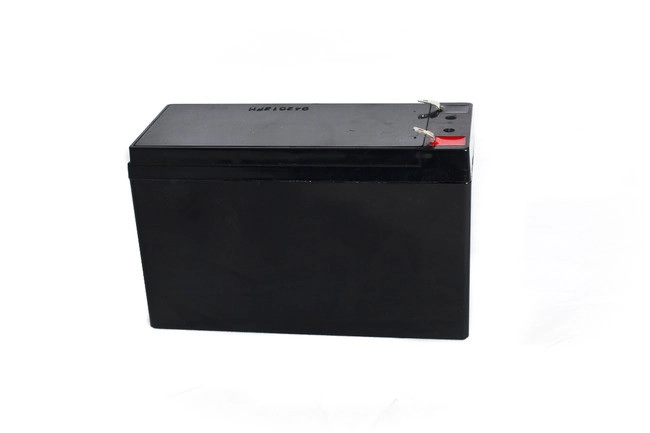
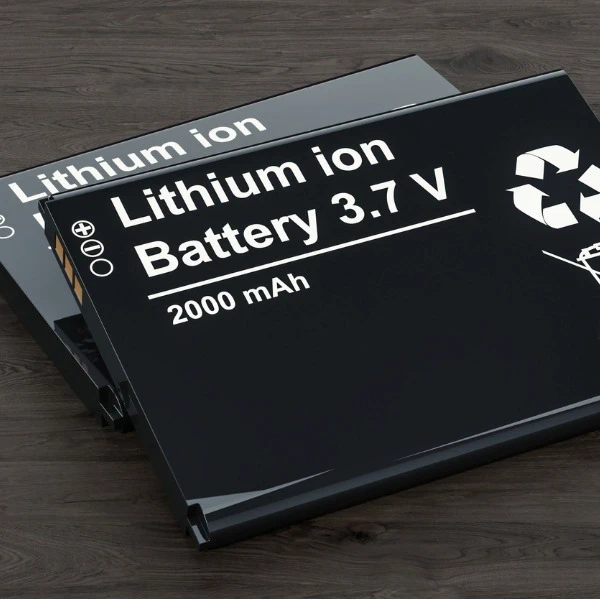
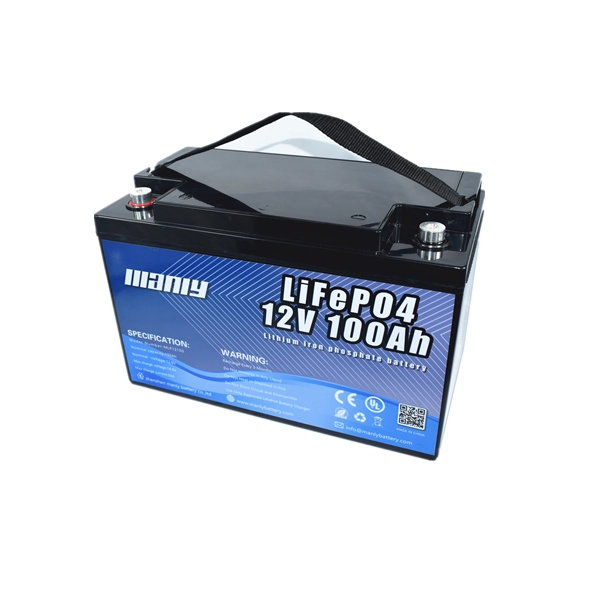
The Essential Guide to Selecting Batteries for Robotics
Table of Contents
- The Essential Guide to Selecting Batteries for Robotics
- I. Introduction
- II. The Three Pillars of Robotic Functionality
- III. Essential Battery Specifications for Robotics
- IV. Detailed Overview of Battery Types for Robotics
- V. Understanding Motor Specifications for Battery Selection
- VI. Matching a Battery with a DC Motor
- VII. Advantages of LiFePO4 Batteries for Robotics
- VIII. Conclusion
- 8.1 Recap of the Importance of Battery Choice in Robotics
- 8.2 Final Thoughts on the Suitability of LiFePO4 Batteries in Robotics
- Lithium E-Bike Battery: What to Look for
- The Revolution of Welding Robots in Tech
- 2024 Best Batteries for Solar Power Storage
- BMW Investing: 20 Billion Yuan Boost for Shenyang Plant Expansion
I. Introduction
Robotics, derived from the Czech term "Robota" meaning a mechanical servant, brings revolution to our world. An essential part of these high-tech wonders is the robot battery, a power source enabling robots to function effectively. Selecting the right battery for robotics not only optimizes their performance but also ensures their long-term functionality.II. The Three Pillars of Robotic Functionality
When we speak of a robot's functionality, we focus on three main aspects: sensing, decision-making, and performing. Each of these functions relies heavily on batteries for robotics.2.1 Sensing
Robots perceive their surroundings using sensors, devices capable of detecting environmental changes. These sensors can measure different physical properties like temperature, light intensity, and infrared radiation, depending on the robot's specific application. These sensors require constant and consistent power to function accurately, emphasizing the significance of a reliable robot battery.2.2 Decision Making
The real magic in robotics is the decision-making process. This process utilizes data collected by sensors, enabling the robot to respond to its environment. This decision-making capacity typically resides within a programmable controller, a microprocessor, or a mini-computer. All these components need power to function, further highlighting the importance of the right battery choice.2.3 Performing
The actual execution of tasks is the final pillar in robotic functionality. Robots use actuators, motors, and drive systems to move and interact with their environment. These components demand a considerable power supply, and the quality of their performance is largely dependent on the quality of the robot battery used.The correlation between each of these pillars and the role of batteries for robotics is undeniable. The battery powers sensors to accurately perceive the environment, fuels the decision-making components to process that information, and finally, it drives the mechanical components to respond appropriately. That's why we see such an emphasis on the correct selection and use of the robot battery, including the up-and-coming LiFePO4 battery variant.III. Essential Battery Specifications for Robotics
To fully understand the role of robot battery, we must dive into the key battery specifications crucial for robotics: voltage rating, current or capacity rating, and the C and E rates.3.1 Voltage Rating
The voltage rating of a battery represents the electrical pressure available from the battery. Higher voltage levels can increase the robot's power output, but it also must align with the power requirements of the robot's electronic components to avoid any potential damage.3.2 Current Rating or Capacity Rating
The capacity or current rating of a battery is a measure of the total amount of energy it can store. It directly impacts the operating time of a robot between charges. The larger the capacity, the longer the robot can function without recharging.3.3 C and E Rates
The 'C' rate refers to the rate at which a battery is discharged relative to its maximum capacity. A higher C rate allows for faster energy delivery but can decrease the overall lifespan of the battery. The 'E' rate, on the other hand, refers to the energy density of the battery, or the amount of energy stored per unit volume. Higher E rates usually correlate to longer operating times.IV. Detailed Overview of Battery Types for Robotics
There are several battery types suited for use in robotics, each with its unique characteristics.4.1 Alkaline Battery
Alkaline batteries are a common choice for low power devices due to their low cost and wide availability. However, they're less suited for robotics applications due to their relatively low energy density and non-rechargeable nature.
4.2 Nickel-Metal Hydride Batteries (Ni-MH)
Ni-MH batteries are a step up from alkaline batteries in terms of energy density and rechargeability. They're often used in robots requiring moderate power over a reasonable period.
4.3 Lead-Acid/SLA Batteries
Lead-Acid, or Sealed Lead Acid (SLA) batteries, offer a good balance of cost, reliability, and performance. They're frequently used in larger robots due to their higher capacity and ability to deliver high currents.
4.4 Lithium-Ion Batteries (Li-Ion)
Li-Ion batteries possess a high energy density and are light, making them suitable for compact robots requiring long operating times. However, they require careful management to prevent overheating and potential safety risks.
4.5 Lithium Iron Phosphate Batteries (LiFePO4)
LiFePO4 batteries are a subtype of Lithium-Ion batteries known for their high thermal and chemical stability, which provides increased safety compared to other Lithium-Ion batteries. Additionally, LiFePO4 batteries offer a long lifespan and perform well even under extreme conditions, making them an increasingly popular choice in the realm of robotics.


